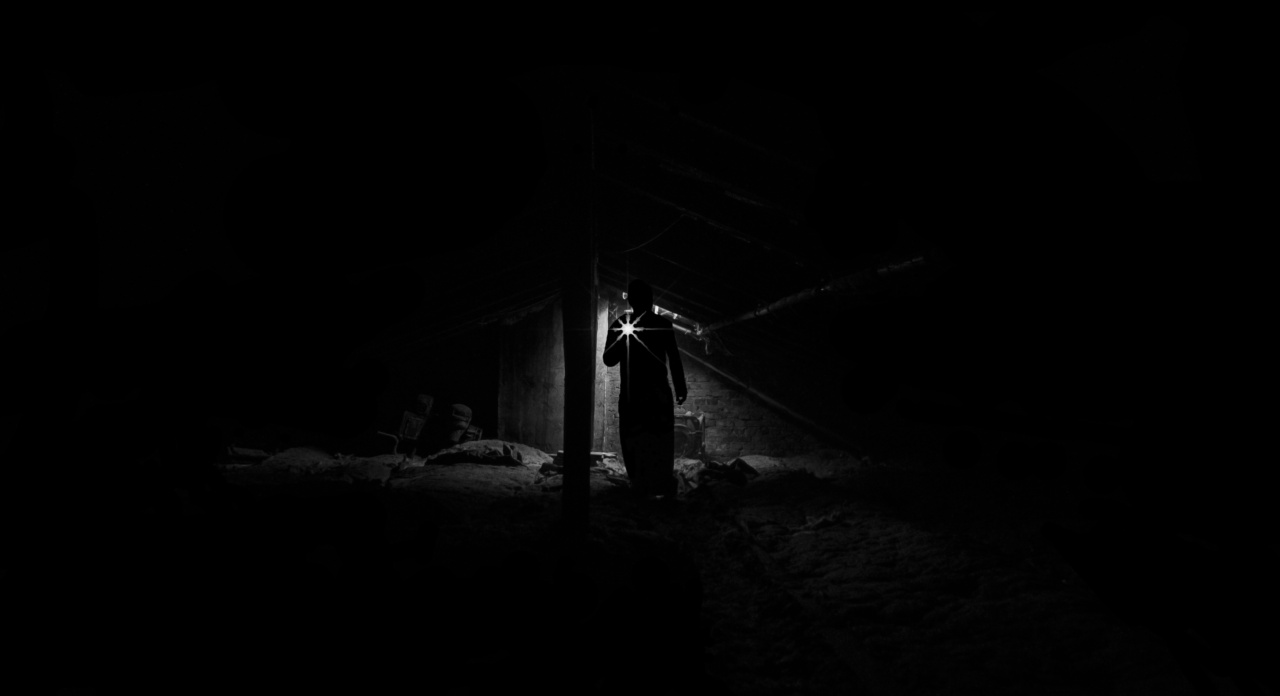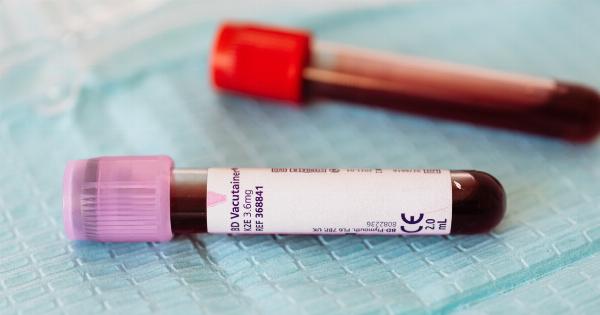Blood clots are an often overlooked but serious health issue that can have life-threatening consequences. These clots can form for a variety of reasons and can occur in different parts of the body, including the legs, lungs, and brain.
Recognizing the signs and symptoms of a blood clot is crucial as prompt medical attention can prevent further complications. In this article, we will discuss the warning signs and changes that you should never ignore when it comes to blood clots.
1. Swelling and Pain in the Leg
One of the most common warning signs of a blood clot is swelling and pain in the leg. This may occur suddenly and without any apparent cause. The affected leg may feel warm to the touch and have a reddish or bluish discoloration.
It is important not to dismiss such symptoms as they could indicate the presence of a deep vein thrombosis (DVT), which is a blood clot in a deep vein.
2. Shortness of Breath and Chest Pain
Another red flag for a possible blood clot is experiencing sudden shortness of breath accompanied by chest pain. This combination of symptoms may indicate a pulmonary embolism, which occurs when a blood clot travels to the lungs.
In severe cases, a pulmonary embolism can be fatal, making it critical to seek immediate medical attention if you are experiencing these symptoms.
3. Unexplained Cough
A persistent cough that cannot be attributed to a known cause, such as a cold or allergies, could also be a sign of a blood clot in the lungs. This is often accompanied by bloody or pink-colored sputum.
If you are experiencing a cough that does not seem to go away, it is essential to consult a healthcare professional to rule out potential serious underlying causes.
4. Sudden and Severe Headache
If you suddenly experience an intense and severe headache, especially if it is different from your usual headaches, it could be a sign of a blood clot in the brain.
Other associated symptoms may include dizziness, difficulty speaking, and vision problems. Any sudden and unusual neurological symptoms should never be ignored and require prompt medical evaluation.
5. Pain and Redness in an Arm or Leg
If you notice pain, tenderness, or redness in an arm or leg, it could be indicative of a blood clot. This may also be accompanied by a feeling of warmth and increased swelling in the affected area.
It is important to remember that blood clots can potentially occur in any part of the body, and seeking medical attention for persistent symptoms is crucial.
6. Changes in Skin Color
Skin discoloration can be a telltale sign of a blood clot. If an area of your skin becomes pale, bluish, or reddish, especially around a specific spot, it may be due to impaired blood flow caused by a clot.
Pay attention to any changes in skin color and consult a healthcare professional if you are concerned.
7. Unexplained Fatigue and Weakness
If you are experiencing constant fatigue and weakness without any apparent reason, it could be a symptom of an underlying health condition, including blood clots. Fatigue can occur when there is impaired blood flow due to a clot.
If you find yourself lacking energy and feeling weak, it is essential to investigate and rule out any potential underlying causes.
8. Increased Heart Rate
An accelerated heart rate can sometimes be an indication of a blood clot or associated complications.
If you notice that your heart rate is consistently high and is not attributable to physical exertion or anxiety, it is advised to seek medical attention. A healthcare professional can evaluate your symptoms and determine the appropriate course of action.
9. Painful or Tender Abdomen
Abdominal pain or tenderness can be a symptom of various conditions, but it can also point towards a blood clot in the mesenteric veins, which supply the intestines.
If you experience persistent or severe abdominal pain that is unexplained, it is important to consult a healthcare provider to rule out any serious underlying causes, including blood clots.
10. Unexplained Frequent Nosebleeds
While nosebleeds are often harmless and can occur due to dry air or irritation, frequent or unexplained nosebleeds may warrant further investigation. Blood clotting disorders can sometimes manifest with recurrent nosebleeds.
If you find yourself having nosebleeds frequently or have difficulty stopping the bleeding, it is advisable to consult a healthcare professional.
Conclusion
Recognizing the warning signs and changes associated with blood clots is crucial for early detection and timely treatment.
Whether it is swelling and pain in the leg, shortness of breath and chest pain, unexplained cough, sudden and severe headaches, changes in skin color, or any other symptom mentioned in this article, it is important not to ignore these potential warning signs. Seek medical attention promptly if you notice any unusual changes in your body, and always consult with a healthcare professional for proper diagnosis and treatment.


























